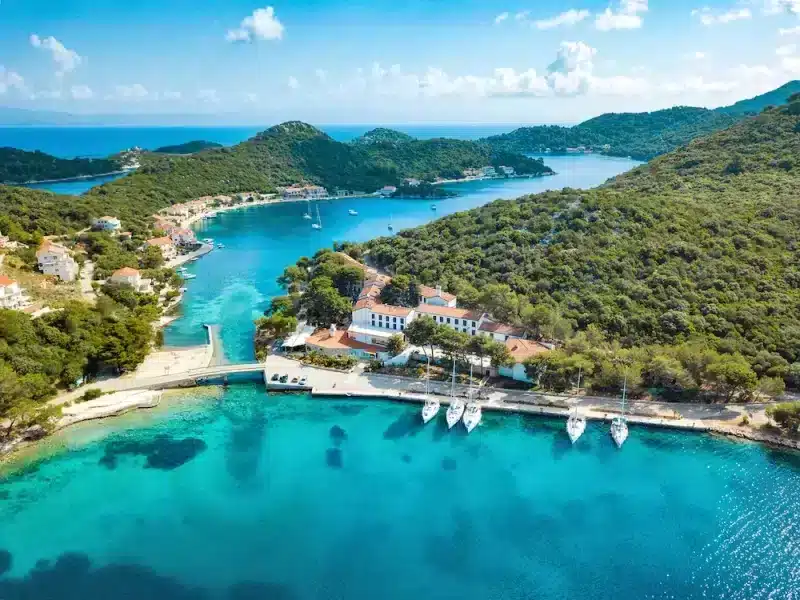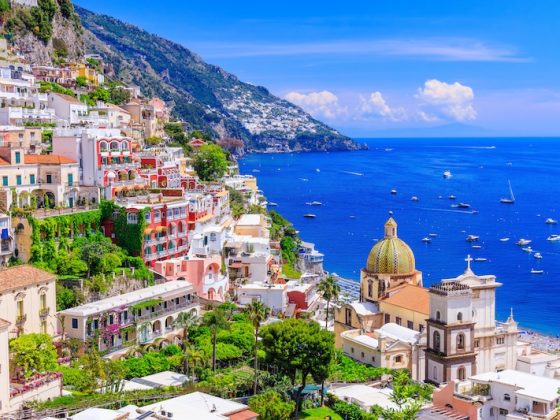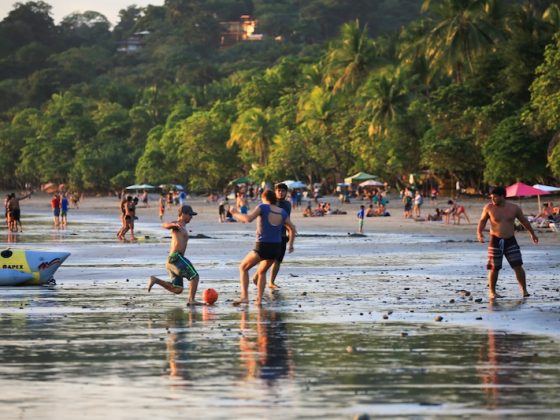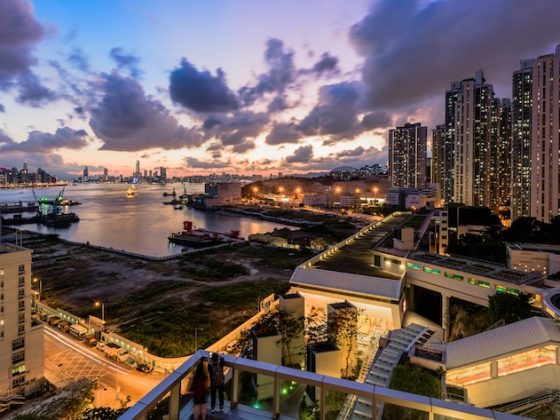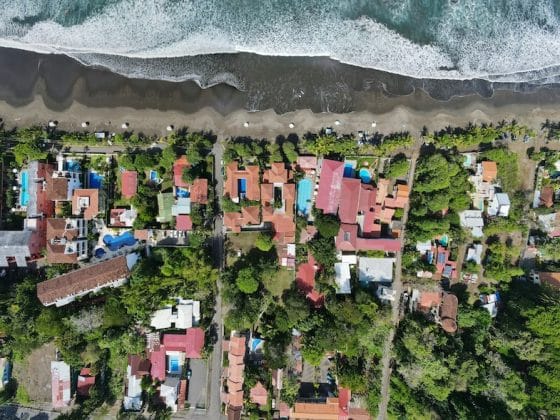Arrival on the Adriatic
The late-afternoon sun glints off terracotta rooftops. Along the harbor, fishing boats sway gently beside gleaming yachts, and the scent of grilled fish mingles with the salt breeze. The rhythm is slow here—until the ferry horn cuts through the stillness, sending passengers streaming down the dock, ready to scatter across the thousand islands of the Adriatic.
This is Croatia as most visitors see it now: timeless, sun-drenched, an unbroken postcard. But just three decades ago, these same harbors were under siege, their stone fortresses not tourist landmarks but protective walls in a war that would define a generation.
To understand Croatia today—its booming tourism, its rising expat appeal, its confident place on the European travel map—you have to see both the beauty and the battle scars.
Read more like this: Comfort Journey in Croatia
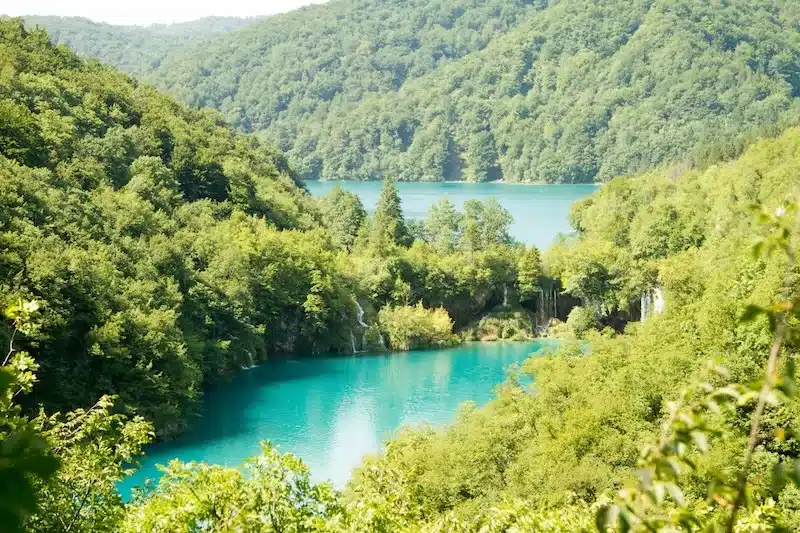
From Conflict to Comeback
The Croatian War of Independence (1991–1995) lasted only four years but left scars that ran deep. What began with Croatia’s declaration of independence from Yugoslavia quickly escalated into fierce battles, particularly along the Dalmatian coast and in cities like Dubrovnik and Vukovar. To much of the outside world, Croatia became synonymous not with beaches and wine but with images of shelled buildings, smoke curling above medieval walls, and UN peacekeepers moving through streets built for markets, not mortar fire.
Tourism, once a pillar of Yugoslavia’s economy, collapsed almost overnight. Hotels shuttered, ferries stopped running, and the vibrant coastal towns that had once welcomed summer visitors turned into places of departure rather than arrival.
Recovery began almost quietly in the late ’90s. At first, it was the Croatian diaspora returning to family homes, then adventurous travelers from neighboring countries drawn by word-of-mouth rather than guidebooks. By the early 2000s, stories of Croatia’s beauty—and its safety—spread across Europe. When Croatia joined the European Union in 2013, its place on the continent’s travel map was secured. A decade later, in 2023, joining the Schengen Zone erased border checks altogether, making movement across much of Europe as seamless as its coastline views.
Dubrovnik: The Pearl Restored
Dubrovnik’s Old Town is a jewel box: a tight maze of polished limestone streets wrapped in a mile and a half of medieval walls. Every step here feels cinematic, which is perhaps why HBO’s Game of Thrones turned it into King’s Landing, cementing the city’s place in the global travel imagination.
But for those who lived through the siege of 1991, the walls hold older, heavier memories. The Stradun, the city’s main thoroughfare, was once a dash for safety rather than a stroll for coffee. Today, visitors photograph the same streets where locals once sheltered from shellfire, a transformation that still feels startling within a single generation.
Managing that legacy is Dubrovnik’s modern challenge. Cruise ship arrivals are capped, visitor numbers to the walls are regulated, and the city is constantly negotiating how to preserve its fragile heart while keeping tourism as the economic engine that rebuilt it.
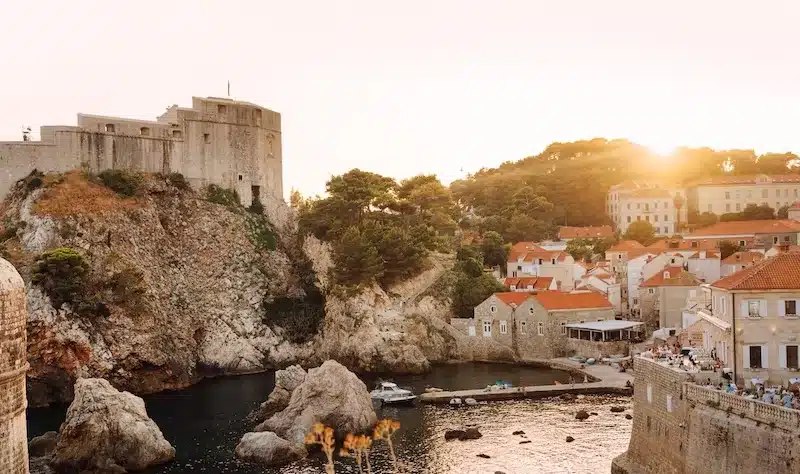
Split: Life Inside a Palace
If Dubrovnik is a preserved relic, Split is a living organism. At its heart lies Diocletian’s Palace, a 4th-century Roman stronghold turned neighborhood, where laundry drifts between ancient columns and cafés spill into sunlit courtyards. Market stalls fill the old cellars, buskers play beneath the arches, and ferries drone in the nearby port, a constant reminder that Split is the Adriatic’s main departure lounge.
This has always been a working city as much as a tourist magnet. Fishermen still bring in their catch at dawn, students cluster along the Riva promenade with gelatos, and the nightlife hums until the small hours.
Summers bring festival stages to the waterfront and sailing regattas to the harbor, yet the rhythms of ordinary life continue behind the Roman walls, children walking to school, neighbors lingering in doorways, shopkeepers chatting in dialect as they close for the afternoon sun. Split doesn’t just show its history; it lives in it—layered, loud, and inseparably tied to the sea.
Zagreb: The Continental Capital
Far from the Adriatic, Zagreb feels different. Its Austro-Hungarian façades, leafy squares, and tram-lined streets echo Vienna and Budapest more than the coast. The café culture is strong here: hours spent over small cups of strong coffee, conversations drifting from politics to football to art.
In recent years, Zagreb has emerged as a creative capital. Street murals splash across once-drab walls, independent galleries thrive, and the city’s Advent markets in December have been ranked among Europe’s best. For travelers, it’s a reminder that Croatia is more than its coastline.
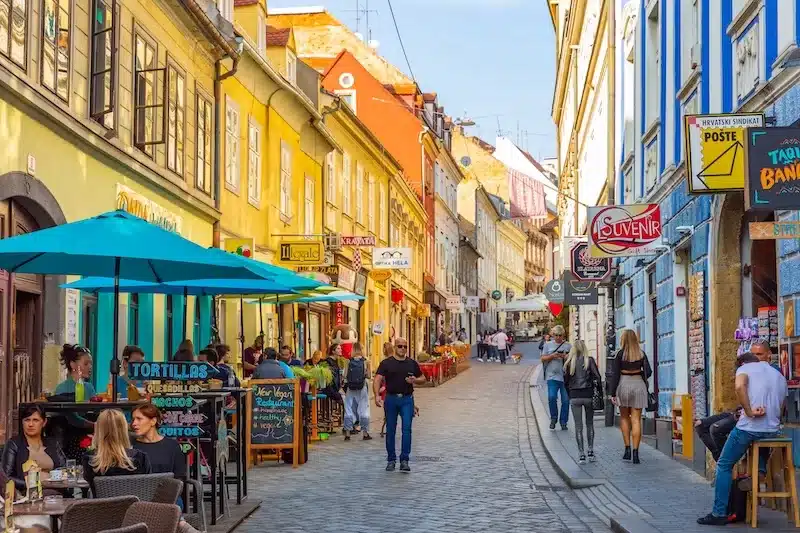
The Islands: A Thousand Possibilities
Croatia’s coastline is long, but its magic multiplies offshore. Of the more than 1,000 islands and islets, each offers its own rhythm:
Hvar: The most famous of the Dalmatian islands hums with summer energy. Lavender fields roll down hillsides, Venetian bell towers rise over terracotta rooftops, and by night, the harbor glitters with the global yacht set drifting from wine bars to open-air clubs. Yet away from the waterfront, villages scented with rosemary and quiet coves remind visitors that Hvar holds more than just its party reputation.
Korčula: Medieval walls encircle a compact Old Town where marble streets spiral toward a cathedral square. Local lore insists Marco Polo was born here, but even without the claim, Korčula would stand on its own with its white wines, traditional sword dances, and a calendar thick with summer festivals. There’s a lived-in warmth here, a sense of continuity between history and daily life.
Vis: For decades, foreigners were kept away as Vis was a strategic military base until 1989. That seclusion preserved its authenticity. Today it draws those chasing quiet rather than crowds. Fishing boats still dominate the harbor, family-run konobas serve the day’s catch, and excursions to the glowing Blue Cave or the secluded Stiniva Beach offer adventure with a sense of discovery.
Lastovo: Furthest out and sparsely populated, Lastovo feels almost untouched. Its night skies are among the darkest in Europe, earning it official dark-sky status—a rarity on the continent. Stargazers and solitude-seekers find a different kind of luxury here: silence, space, and skies littered with constellations.
Island-hopping is effortless on Croatia’s ferry network, and the contrasts are striking: Hvar’s polished promenades give way to Vis’s sleepy harbors; Korčula’s medieval lanes lead, eventually, to Lastovo’s starlit quiet. Each stop adds another layer to the Adriatic’s story.
Culture Woven from Many Threads
Croatia’s identity has been shaped by centuries of shifting borders and influences—Venetian on the coast, Ottoman inland, Austro-Hungarian in the north. This is reflected in its traditions, from klapa singing in Dalmatia to the truffle-laced cuisine of Istria.
Food is central to daily life: coastal menus overflow with grilled fish, octopus salad, and black risotto made with cuttlefish ink, while inland kitchens serve hearty stews, roasted meats, and sweet walnut pastries.
Festivals punctuate the calendar: the Dubrovnik Summer Festival for theater and music, Split’s Diocletian Days for Roman pageantry, and countless local saint’s days with processions, music, and fireworks.
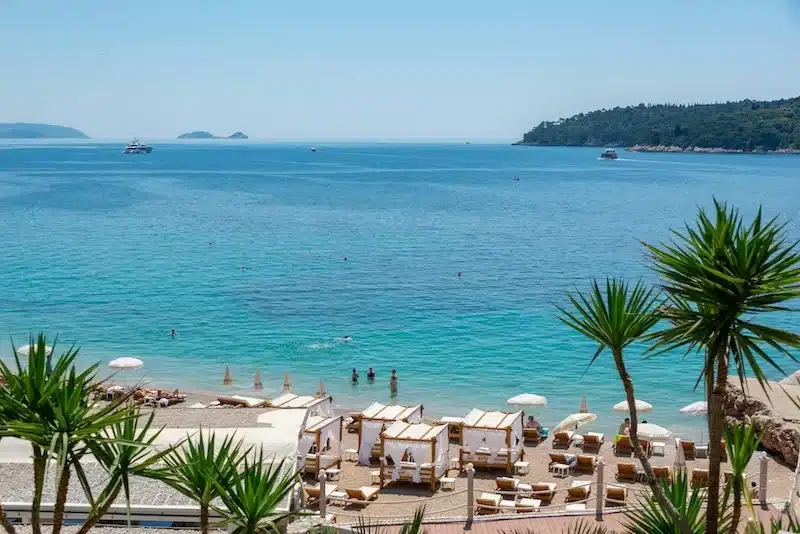
Adventures by Land and Sea
Beyond the beaches and towns, Croatia offers landscapes that beg for exploration.
- Plitvice Lakes National Park: Sixteen terraced lakes connected by waterfalls, a UNESCO World Heritage Site.
- Krka National Park: Waterfalls where swimming is allowed in designated areas.
- Velebit Mountains: Hiking trails through karst landscapes and mountain meadows.
- Sailing the Adriatic: From week-long yacht charters to day sails, the coastline is a sailor’s dream.
Outdoor life is deeply ingrained here; even in cities, the korzo—an evening promenade—is a daily ritual.
For Expats: Life on the Adriatic
For those considering a move, Croatia blends beauty, safety, and relative affordability. A seaside apartment in Split might cost half of what you’d pay in the south of France, and the digital nomad visa, introduced in 2021, lets non-EU citizens live and work there for up to a year.
English is widely spoken in coastal hubs, healthcare is reliable, and life runs at a slower pace than in most Western capitals. Still, bureaucracy can be frustrating, and the seasonal economy means bustling summers and quiet winters—something newcomers either adapt to or find challenging.
Read more like this: Maintaining Wellness While Living Abroad: A Guide for Expats
The Balancing Act Ahead
Croatia’s tourism boom has brought both prosperity and strain. Dubrovnik and Hvar wrestle with overcrowding, small islands face waste and water challenges, and climate change threatens coastal ecosystems. Inland towns, meanwhile, continue to lose young people to opportunities abroad.
The country’s next step is finding a sustainable balance—protecting its landscapes and communities while keeping its economic momentum alive. The challenge will be doing so without losing the authenticity that draws people here in the first place.
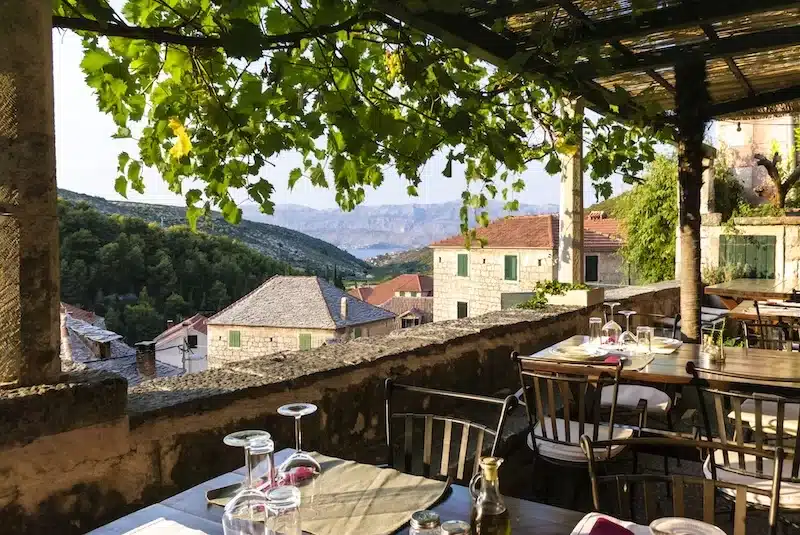
A Story Still Unfolding
Croatia’s story is one of resilience disguised in beauty. Beneath the gleam of the Adriatic lies a country that has rebuilt itself from the shadows of war into a destination of layered experiences — medieval fortresses standing guard over cosmopolitan harbors, ancient vineyards thriving alongside new tech hubs, islands where tradition still shapes daily life.
For the traveler, it’s a place that defies quick consumption. Croatia doesn’t just ask to be seen — it asks to be understood. And in answering that call, you find a nation still in motion, balancing the weight of its past with the pull of its future. The turquoise bays and sunlit squares will lure you here, but it’s the quiet strength of the place — and its people — that stays with you long after the journey ends.
FAQs about Croatia Tourism
What are some interesting facts about Croatia?
Croatia has over 1,000 islands, the smallest town in the world (Hum), and breathtaking UNESCO sites like Dubrovnik. It’s famous for its crystal-clear Adriatic Sea, Plitvice Lakes National Park, and as a Game of Thrones filming location.
When was Croatia founded?
Croatia was founded as an independent country on June 25, 1991, after declaring independence from Yugoslavia.
How old is Croatia?
Croatia is 34 years old as an independent nation in 2025, but its history and culture date back over 1,300 years.
